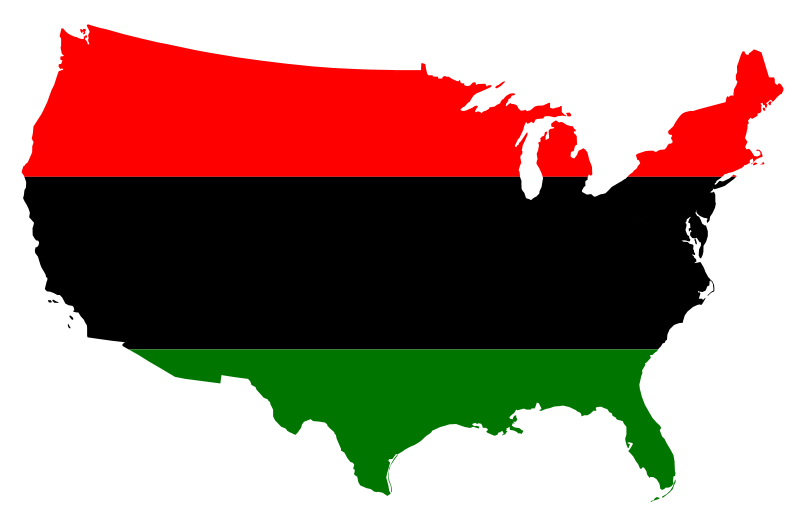I love SoundCloud. I love it for being an exceptionally easy way to share my music with people all over the world. I love the community aspect, especially the Disquiet Junto. I have all of my students host their portfolios there. But like a lot of the electronic musicians who form the heart of the SoundCloud userbase, I’m running into some problems with copyright.
Recently, I needed to unwind from a stressful morning, so I fired up Ableton, put in some Super Mario Bros mp3s and James Brown breaks, and went to town. I uploaded the results to my SoundCloud page, as usual, but got one of their increasingly frequent copyright notices.

I’ve uploaded a lot of material to SoundCloud that violates copyright law in various ways, and for the most part, no one has made any objection. I’ve occasionally used some long intact samples that triggered takedown notices, but my remixes and mashups are usually transformative enough to slip through the filter. Lately, however, I’m finding that SoundCloud has dramatically stepped up its copyright enforcement. A few months ago, I could have posted my Super Mario Bros/James Brown mashup without any trouble. Not any more.
Continue reading “Goodbye SoundCloud?”








